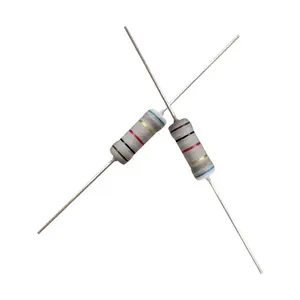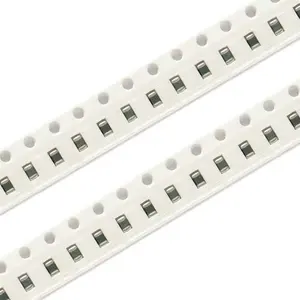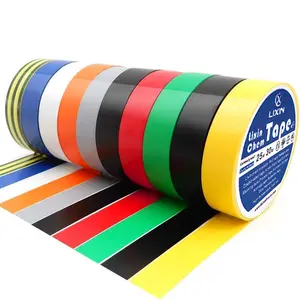Popular in your industry



















































Related Searches:





















































































































Top categories
About 0.24 ohm resistor
Understanding the 0.24 Ohm Resistor
Within the vast array of electronic components, the 0.24 ohm resistor stands as a specific and essential passive electrical device designed to introduce resistance into a circuit. This particular resistor is often utilized in applications requiring precise current regulation due to its low resistance value.
Types and Configurations
Resistors, including the 0.24 ohm resistor, can be integrated into circuits in various configurations. Series and parallel arrangements allow for the adjustment of overall circuit resistance, impacting voltage and current according to Ohm's Law. Understanding the configuration is crucial for the correct application of these resistors to ensure safety and functionality.
Applications and Features
The 0.24 ohm resistor is commonly found in power supply systems and current sensing applications. Its low resistance is particularly beneficial in circuits that require minimal voltage drop while maintaining current flow. Additionally, these resistors can be used in conjunction with other components such as LEDs and sensors to protect against current surges.
Materials and Advantages
Resistors, including the 0.24 ohm resistor, are crafted from various materials such as carbon, metal film, and wirewound, each offering distinct advantages in terms of performance and durability. The choice of material affects the resistor's response to temperature changes and power handling capabilities.
Deciphering Resistor Color Codes
Identification of resistor values, including the 0.24 ohm resistor, is facilitated by the resistor color code system. This system uses bands of colors to denote resistance values and tolerances, allowing for quick and accurate component selection without the need for electronic testing equipment.
Selection and Usage
Choosing the right 0.24 ohm resistor requires attention to its specifications, such as tolerance and temperature coefficient. It is imperative to match these parameters with the application's requirements to ensure optimal performance and reliability.
































































